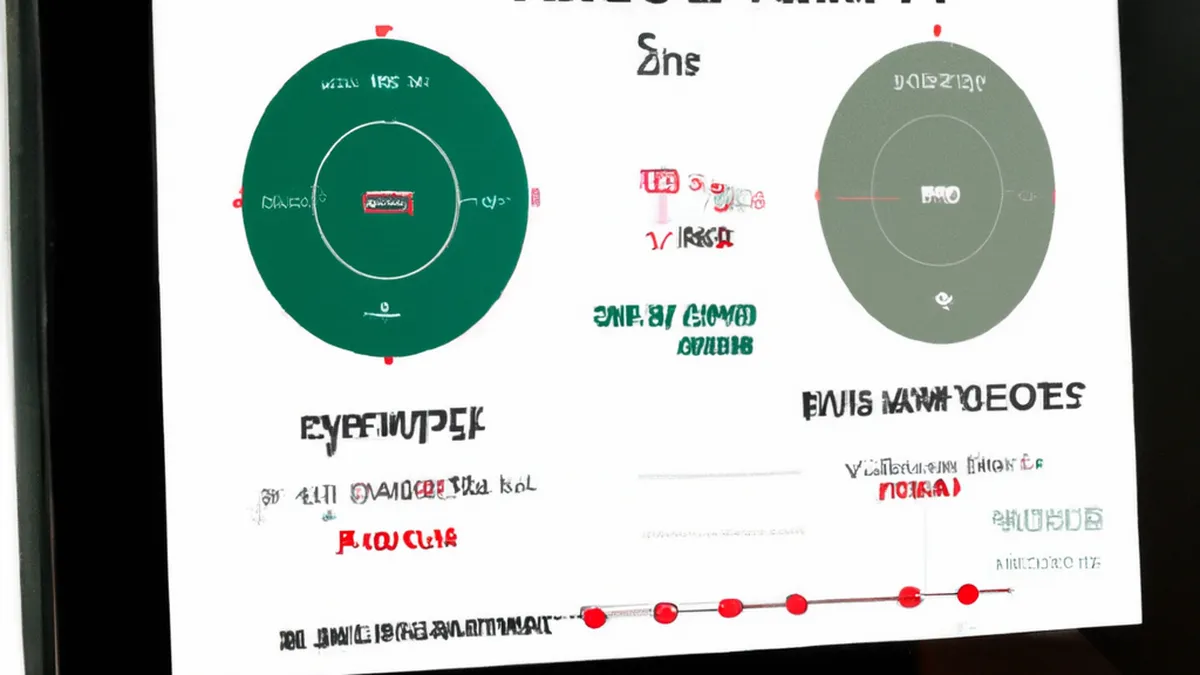Improving Your Ruck Game with Analytics
The Use of Technology in Analyzing Ruck Performance
Rugby’s fast-paced nature makes rucks critical moments that influence game flow and outcomes. Teams that manage these phases effectively often win. Analyzing ruck performance can enhance a team’s strategy, increasing possession and scoring chances. Technology plays a vital role in this analysis. This blog explores available tools, effective analysis tips, best practices, and the benefits of technological advancements in ruck performance analysis.
The Rise of Data Analytics in Rugby
Rugby has transformed into a data-driven sport over the past decade. Coaches and analysts now leverage technology to boost performance. Professionals commonly use wearable devices, video analysis software, and performance tracking applications.
Wearable technology, such as GPS trackers and heart rate monitors, offers valuable insights into player movements and physiological metrics. For instance, GPS devices measure distance covered during rucks and record players’ speed and acceleration. This data helps coaches understand real-time performance and identify players needing conditioning or tactical training.
Video analysis software enhances this process by allowing detailed reviews of ruck situations. Coaches can analyze footage frame by frame, focusing on player positioning, decision-making, and timing. This scrutiny identifies strengths and weaknesses in ruck performance, which training sessions can address.
Tips for Effective Ruck Analysis
Teams should follow these key tips to maximize technology benefits for ruck analysis:
1. Track Player Performance
Require all players to wear GPS trackers during matches and training. This practice provides essential data for ruck analysis, including distance, speed, and effort intensity. Correlating this information with ruck outcomes identifies the most effective players.
2. Record Matches with High-Quality Video
Capture every match using high-quality cameras. Multiple angles during ruck actions provide a comprehensive view of player interactions. For example, wide-angle shots show team formations, while close-ups highlight individual techniques. This diverse footage allows coaches to analyze team dynamics and individual contributions.
3. Focus on Specific Metrics
Track key performance indicators (KPIs) specific to rucks. Metrics such as rucks won, ball retrieval speed, penalties conceded, and clear-out effectiveness provide insights into overall efficiency. Analyzing these metrics over time reveals patterns that inform tactical adjustments.
4. Encourage Self-Analysis
Encourage players to engage in self-analysis by providing access to video footage and performance data. When players review performances, they can reflect on contributions and identify areas for improvement.
Conclusion
Technology significantly enhances ruck performance analysis. Teams that embrace these tools can improve their strategies and achieve better results.
Below are related products based on this post:
FAQ
What types of technology are commonly used in analyzing ruck performance in rugby?
Coaches and analysts typically use wearable devices like GPS trackers and heart rate monitors, as well as video analysis software and performance tracking applications. These technologies provide valuable insights into player movements, physiological metrics, and detailed reviews of ruck situations.
How can teams effectively track player performance during rucks?
Teams can require all players to wear GPS trackers during matches and training sessions. This practice yields essential data, such as distance covered, speed, and effort intensity, which can be correlated with ruck outcomes to identify the most effective players.
What are some key performance indicators (KPIs) to focus on for ruck analysis?
Key performance indicators for ruck analysis include metrics such as rucks won, ball retrieval speed, penalties conceded, and clear-out effectiveness. Tracking these metrics over time can reveal patterns that inform tactical adjustments and improve overall efficiency.















Post Comment